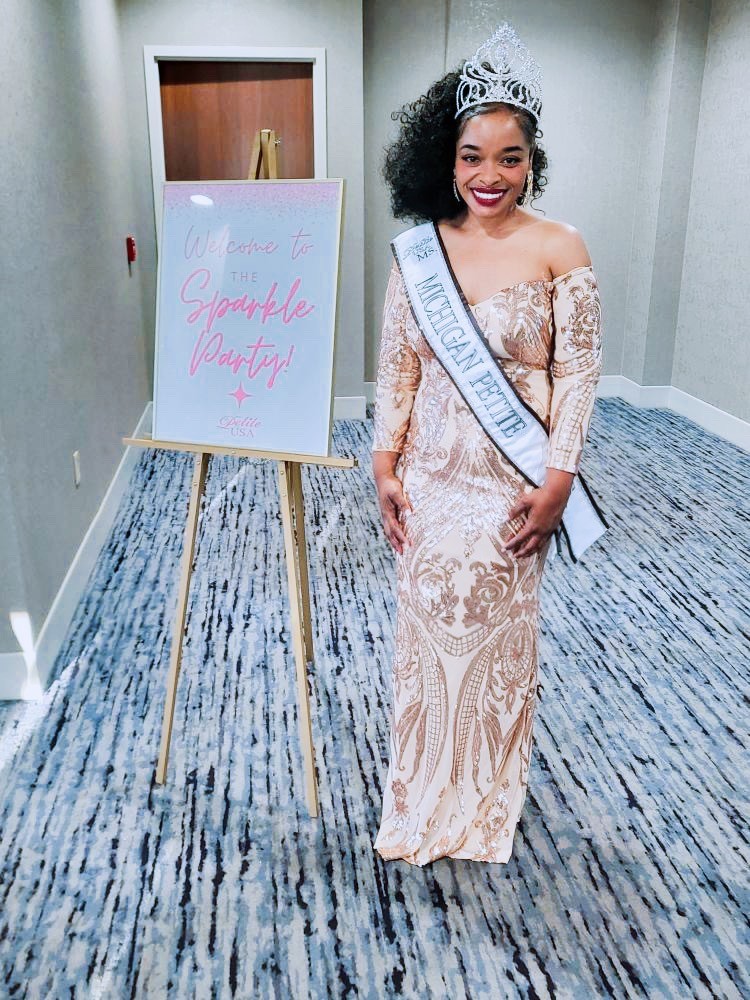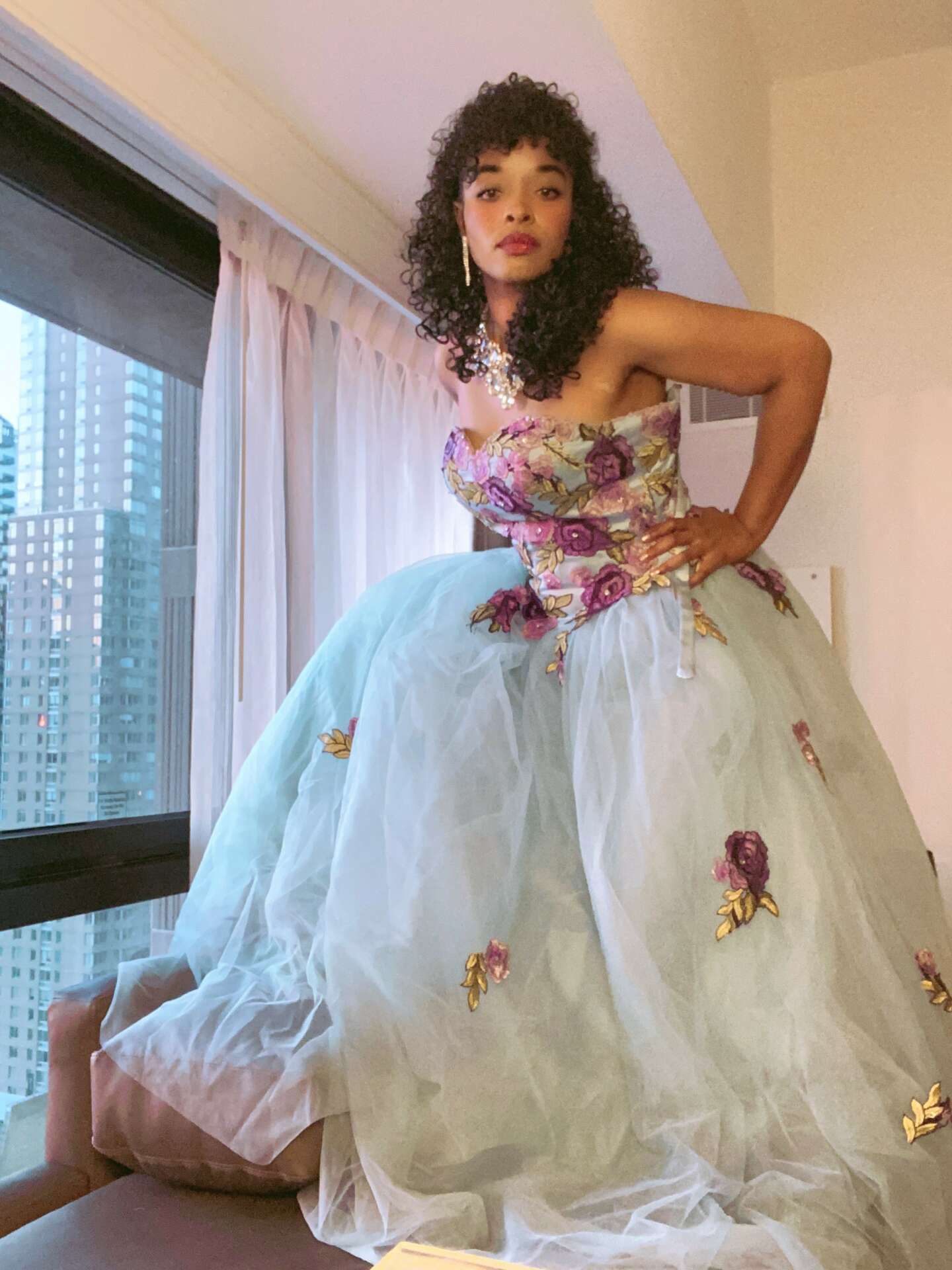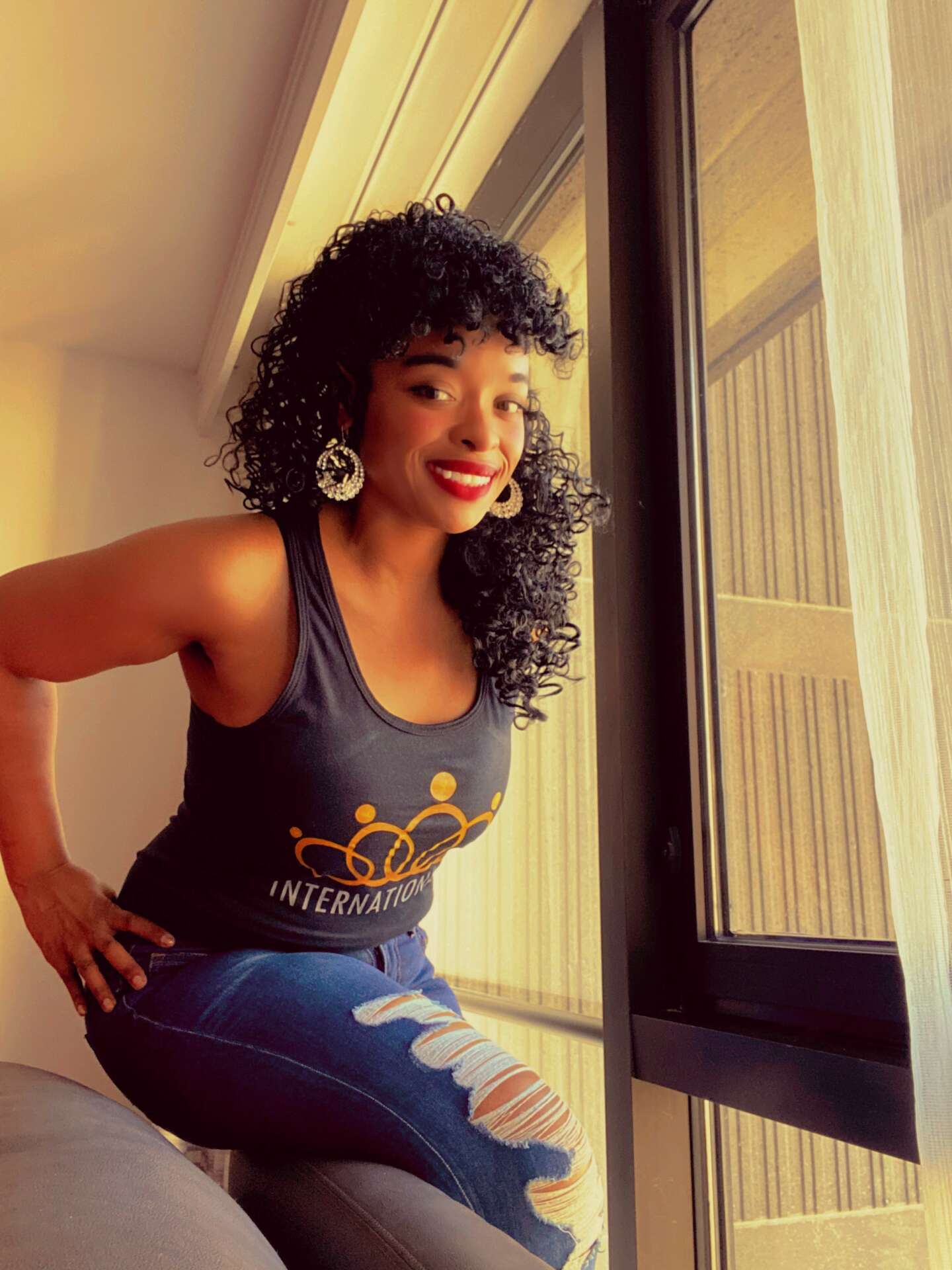We’re excited to introduce you to the always interesting and insightful Aurelia Gooden. We hope you’ll enjoy our conversation with Aurelia below.
Alright, Aurelia thanks for taking the time to share your stories and insights with us today. Do you feel you or your work has ever been misunderstood or mischaracterized? If so, tell us the story and how/why it happened and if there are any interesting learnings or insights you took from the experience?
Sometimes, people think that I am being dishonest because I may not look directly at someone he or she is speaking. However, there are two reasons for this. I am a little shy, but I also have many types of synesthesia.
Synesthesia is the result of a cross-wiring within the brain. Due to the cross-wiring, there may be more than one output for certain types of sensory input. Nonetheless, while it is a rare occurrence, it may be commonly found in those who have higher IQs. I have the following: ticker-tape synesthesia, pitch synesthesia (chromesthesia), spatial sequence synesthesia, and color-taste synesthesia.
Ticker-tape synesthesia is a type of synesthesia that causes spoken words to appear in the mind’s eye as if the words are printed. In my experience, this is particularly useful in conferences in which there might be quite a few separate conversations occurring at once, because I can mentally store some conversations to “read” (in the mind’s eye) later while actively listening and participating in other conversations.
Once, I was in a workshop and there were three conversations occurring: one in French, one in Italian, and the other in English. I chose to listen to the conversation in French (because I am actively learning French right now) and I decided to store the conversation in Italian and the conversation in English until afterward so that I could “read” (in the mind’s eye) those conversations at a later time.

Aurelia, before we move on to more of these sorts of questions, can you take some time to bring our readers up to speed on you and what you do?
I am a musician; I played the violin, keyboard percussion, and the harmonica in the past. I have played the piano since the
age of six.
I was naturally intrigued by music. I began to recognize pitches at 1.5 years of age. I started to play the harmonica at the age of four. I began to play the piano at the age of six without having taken any lessons. I began to study the piano formally later in my childhood. I started to teach myself orchestration at the age of fourteen and had completed 30 short compositions by the end of my teenage years. At this time, I realized that I could transcribe anything by ear, which proved to be a useful skill when I decided to study music in college. Additionally, I also studied conducting in college and graduate school.
I participated in a related study with The Feinstein Institute for Medical Research and was found to be able to identify the pitch of any pitch at any octave with 99% accuracy, which is unusual. However, I also experience chromesthesia (a type of synesthesia) and hearing any pitch automatically triggers the sensory output of a color. Therefore, even if I did not completely hear a pitch, I can identify it by the “color”.
In my free time, I compose music and I arrange and transcribe music for others. It is simply something that I enjoy. I also create professional recordings using instruments, electronics, and modern music software.

Learning and unlearning are both critical parts of growth – can you share a story of a time when you had to unlearn a lesson?
The lesson that I had to “unlearn” was the idea that being able to recognize pitches by ear or instantly memorize entire songs by ear to play on the piano was inherently bad. When I was six years old, I started to realize that I could play any song that I memorized from the radio. When I enrolled in music courses, many teachers would not even engage themselves to try to understand this talent or discuss it with me; they had a fear that students who displayed natural talent would never learn to read music.
Because of this, for a short amount of time, I started to hide this talent and only played from the sheet music. Nevertheless, I would still practice using my “hidden” talent at home. Eventually, I realized that there are many musical talents in the world and having one talent does not impose limitations upon the development of other musical talents.
We’d love to hear a story of resilience from your journey.
When I was growing up, I wanted to become a musician and a doctor, or at least, work in scientific research. Yet, those things seemed out of reach. I lived in a poverty-stricken area of the city. I didn’t have a computer, so quite a bit of my free time was spent in the library completing assignments or writing page after page by hand past midnight for many nights of my teenage years.
I really didn’t know if I could be successful while living with such limited resources. However, I knew that I was drawn to books and that I retained most of the knowledge that I gained from reading any book. The most unusual fact about it was that I enjoyed reading non-fiction books exclusively. Because I was reading at a twelfth-grade level by the age of three, my mother gave me her college textbooks a few years later and I continued to increase my knowledge from reading those books.
I learned from my mother that I could create anything that I didn’t have – metaphorically and physically. In the same manner in which I used to create toy guitars because I couldn’t afford a real one, I created my future by simply using books to generate knowledge and ideas and then applying the knowledge in the absence of traditional resources.


